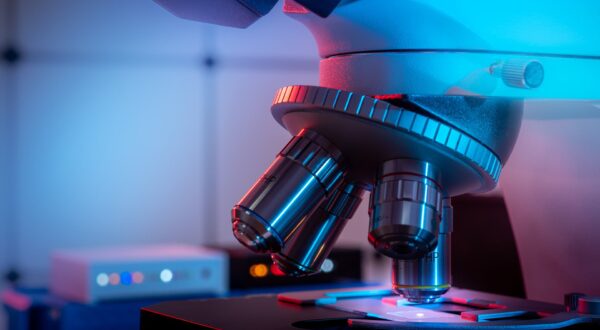Nowadays, there is an especial need to provide stealth properties to nanomedicines in order to avoid the activation of the immune system and, consequently, to avoid opsonization. Hence, to improve drug efficacy (a more targetable and protected nano-system), to increase circulation time in bloodstream and to reduce dose and adverse effects.

Nanomedicine, which is the biomedical application of nanotechnology, has a potential relevance in cancer. Nanoparticles are modified and coated to target cancer cells using polymers. Polyethylene glycol (PEG) is the gold standard ensuring stability, biocompatibility and good pharmacokinetics and can be found in food, cosmetics and drugs. However, it tends to oxidize, has a poor biodegradability and, regarding toxicity and excretion, there is not much updated information. Besides, a serious problem has come up recently in which many people, due to the high exposition to this polymer, have produced antibodies against it. For these reasons, increasing efforts have been recently devoted to finding a proper substitute which would have the ability to regulate the pharmacokinetics and recognition features of nano-systems. Polyoxazolines seem to be promising in terms of resistance against oxidative damage and non-accumulation in the body. In addition, another kind of polymers, polyoxazines, improve the brush hydration and main-chain flexibility leading to stealth properties.
My project is titled Polymer composition and functional effects of the species-specific biomolecular corona formation on NPs and in which their main objectives are laid in:
This modifies the nanoparticle properties like size and Z-potential. Besides, it may affect biodistribution, clearance, pharmacokinetics and the targeting recognition. Taking all into consideration, the nano-systems are more prone to be uptaken by phagocytic cells and suffer the opsonization process. However, polyoxazoline coating may reduce the formation of this Biomolecular Corona.
Regarding the physic-chemical characterization of the polymers, NMR to check the structure, Gel Permeation Chromatography (GPC) to measure the molecular weight and polydispersity and Quartz Crystal Microbalance with Dissipation monitoring (QCM-D) to show the mass changes at the surface with nanoscale resolution and viscoelastic properties of the surface-adhering layer are used. After the functionalization and attachment to NPs, by Dynamic Light Scattering (DLS), Thermogravimetric Analysis (TGA) and Transmission Electron Microscopy (TEM), several factors such as size, polydispersity, morphology, Z-potential and concentration are measured. Finally, to verify the Biomolecular Corona formation and the NPs properties, SDS-PAGE silver staining and in vitro assays such as internalization are performed.
Carlos Pavón Regaña - Early Stage Researcher
Department of Chemical Sciences - Università degli Studi di Padova (Italy)



